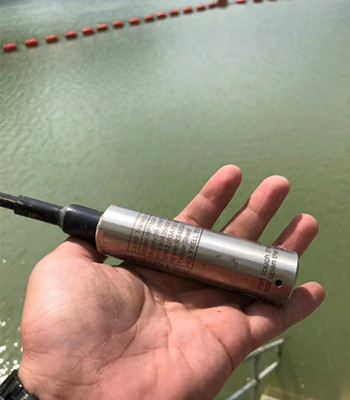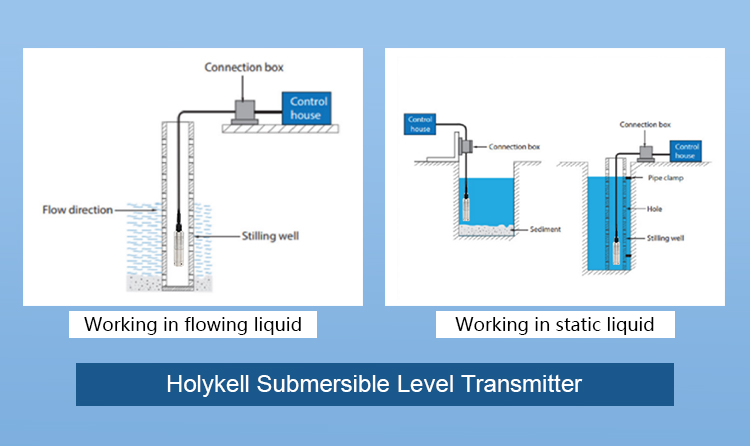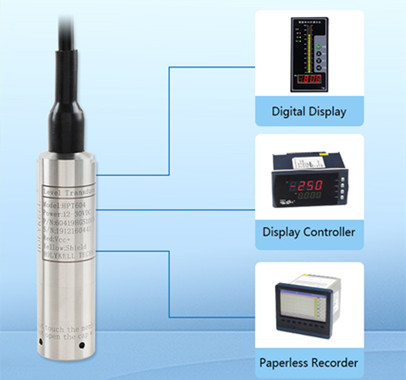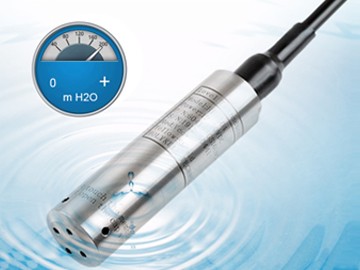What Is A Submersible Level Sensor
A submersible level sensor is an electronic device designed to measure the level of various liquids, typically in tanks or wells, while submerged in the liquid itself. It uses advanced technologies like hydrostatic pressure sensing to measure the liquid level, and then transmit this information to a data logger or controller for analysis or control. In this article, we will present a comprehensive guide covering the selection, installation, usage, and maintenance of submersible level sensors. Whether you're an engineer seeking technical insights, or a buyer or a wholesaler exploring these devices, this article provides valuable information to help you make informed decisions.

1. Consider the fluid type. If the fluid is corrosive or abrasive, you will need a sensor that can withstand these conditions.
2. Determine the required measuring depth. You will need a sensor with a measuring range that exceeds the maximum depth of the fluid.
3. Assess the accuracy requirements. Higher accuracy sensors may be necessary for specific applications, though they are typically more expensive.
4. Valuate output typei. Decide whether you require a sensor with analog or digital output.
5. Consider the temperature and pressure conditions. Take into consideration the temperature and pressure conditions of your application. Ensure the selected sensor can withstand extreme conditions if necessary.
1. Choose the right location for the sensor, which should be a place where the liquid level needs to be measured accurately.
2. Mount it in the liquid. When it is installed in a static well or tank, we can fix a steel pipe in the liquid, and then put the probe into the metal pipe.
Or we can still adopt suspension method, that is, install through extra devices, such as a cable hanger. While when it is installed in flowing liquid, we can put it into an appropriately sized metal tube.

Once installed, connect the sensor's wiring to the controller or data logger. This will enable you to collect and analyze data from the sensor. And before using the sensor, calibrate it to ensure accurate readings. Follow the manufacturer's instructions for calibration and adjust the sensor as needed. Set up alarms to notify us when the tank reaches certain levels. This will help prevent overflows or runouts, and ensure the tank is refilled as needed. The data collected from the sensor can be analyzed to understand the liquid level trends in the tank.
And note to regularly check and maintain the submersible level sensor to ensure it continues to provide accurate readings. Replace the sensor as needed.

1. Inaccurate Readings: The problem could be with the sensor's calibration. Check the sensor's calibration settings, ensure correct installation at the appropriate depth, and regularly clean it to remove debris or buildup.
2. No Response: Inspect wiring connections and power sources to ensure proper functioning within the sensor's operating range.
3. False Alarms or Readings: Identify potential interference sources and eliminate them. Replace a damaged or worn-out sensor promptly.
When necessary, contact the manufacturer for professional assistance.
It's important to maintain the submersible level transmitter so as to keep them functioning properly for accurate measurement.
Here are some tips.
Keep the sensor clean: Regularly clean the sensor to remove Dirt, debris, and other contaminants that can accumulate on the sensor over time and affect the accuracy.
Check the cable: The cable connecting the sensor to the controller is often the weak point in the system. Inspect the cable regularly for signs of wear or damage, and replace it if necessary.
Test the sensor regularly: Regular testing of the sensor's accuracy is essential to ensure that it is functioning properly. Use a calibrated reference device to test its readings, and make necessary adjustmentst if necessary.
Monitor the environment: Submersible level sensors are designed to withstand harsh environments, but excessive exposure to chemicals or extreme temperatures can cause damage. Regularly monitor the operating environment and take appropriate measures to protect the sensor.
Submersible level sensors are indispensable devices for accurately measuring liquid levels. By following these guidelines, you can make informed decisions, ensure accurate measurements, and maximize the longevity of these essential devices.
For any further inquiries or assistance regarding submersible level sensors, please feel free to contact us. We are here to help.






